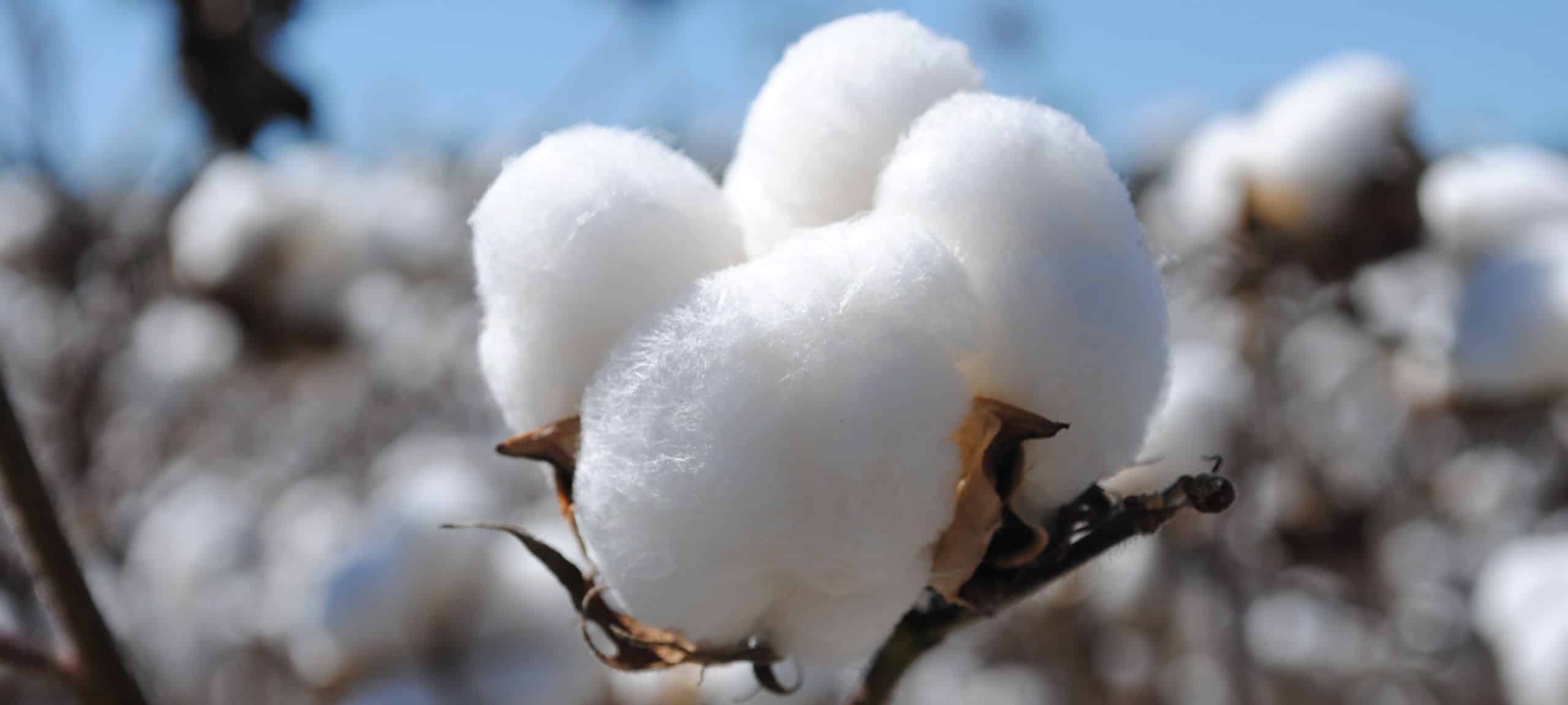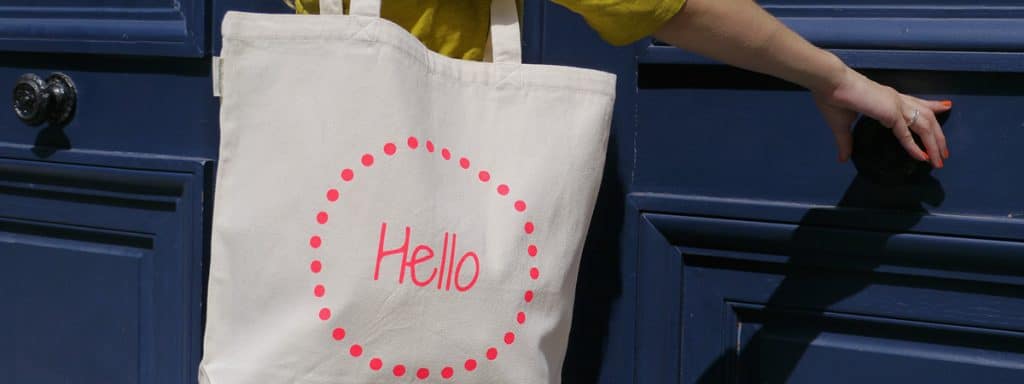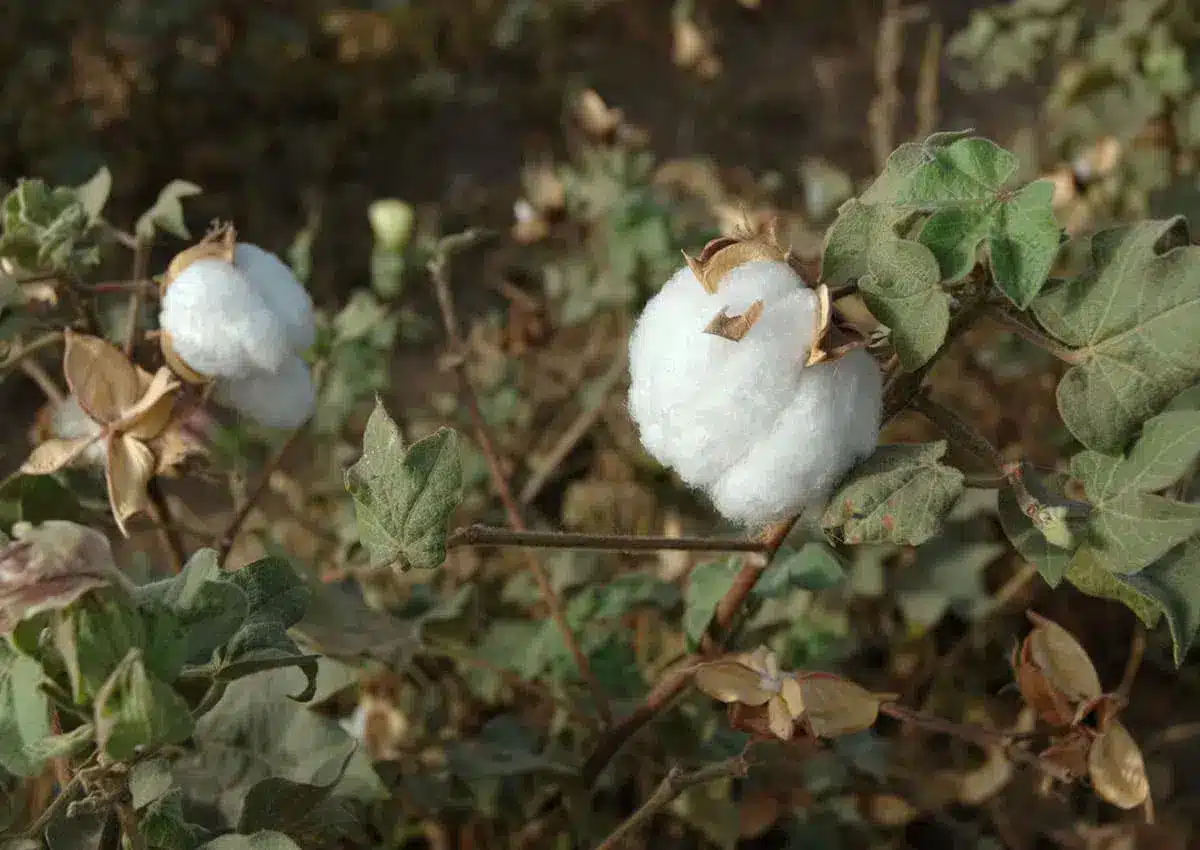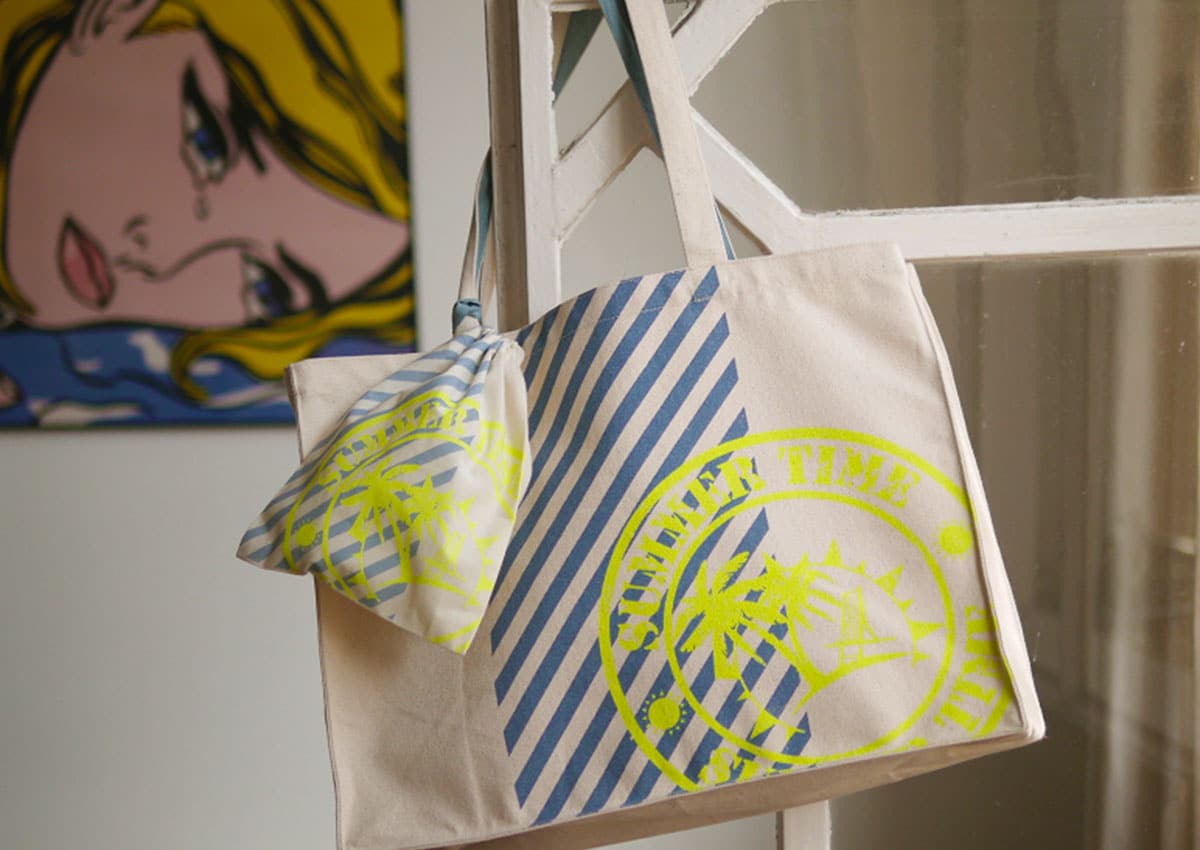Le recyclage du coton : un geste éco-responsable
Chaque année, nous nous séparons de tonnes de vêtements. Le recyclage du coton est donc un enjeu majeur pour l’avenir. C’est une réelle alternative à l’utilisation du coton vierge.
La filière du recyclage est une démarche éco-responsable qui est en plein développement.
Le recyclage permet de recréer du tissu et des nouveaux vêtements sans exploiter de nouvelles ressources naturelles. Il est important de faire régulièrement du tri dans vos armoires. Ne jetez pas vos vêtements à la poubelle, vendez-les, faites un don à une association ou bien à des bornes relais.
Les vêtements seront ainsi revalorisés (recyclage ou réutilisation) et participeront à limiter notre impact sur l’environnement.
Plusieurs étapes permettent d’obtenir une fibre recyclée.
Le recyclage du coton se déroule dans un centre de tri. Il consiste à ramener un tissu ou un vêtement en coton à son état initial de matière première : la fibre de coton. Les vieux vêtements ou tissus sont collectés et broyés mécaniquement afin de le ramener à l’état de fibre. Par la suite, les fibres sont torsadées et ramenées à l’état de fil. Enfin, le fil est ensuite transformé en tissu ce qui permet de lui donner une nouvelle vie.
Les deuxièmes vies du coton : recyclage, seconde main et upcycling
En cette période écologique avec la marche pour le climat qui a lieu aujourd’hui, nous nous sommes intéressés au recyclage textile, et plus particulièrement à celui du coton.
Le coton est la fibre naturelle la plus utilisée dans le monde, et à ce titre sa production engendre naturellement des effets d’échelle impressionnants : elle occupe une surface cultivable d’environ 32 millions d’hectares, et on lui reproche souvent sa gourmandise en eau, même dans le cadre de l’agriculture biologique. De plus, la filière du textile et ses multiples étapes entraînent des pertes importantes de matière première, sous la forme de chutes ou de rebuts, par exemple.
Mais outre le caractère non polluant et naturel de ses fibres, le coton même sous ses formes les plus abîmées présente de nombreux avantages en matière de recyclage ou de réutilisation directe : ramené à l’état fibreux puis filé et tissé à nouveau, ou bien transformé en ouate naturelle, ses secondes vies sont multiples et ont permis l’émergence d’initiatives très intéressantes pour tirer parti de ressources textiles apparemment sans valeur.
Dans cet article, nous ferons donc le point sur la notion de recyclage du coton et les différentes filières qui existent pour réutiliser au maximum les fibres inutilisées ou endommagées. Voici ce que nous avons décortiqué pour vous !
Le recyclage du tissu
Le tissu est le matériau obtenu après le tissage de fibres textiles. Il prend la forme de grands rouleaux dans lesquels on découpe des coupons de manière à entamer la fabrication des produits textiles finis. Ces coupons sont généralement de taille standard, et on y découpe les pièces de tissu ensuite nécessaires à la confection : de grandes quantités de tissu ne sont donc pas utilisées. Ce sont les chutes. Dans les usines, elles représentent entre 10 et 20% de la matière tissés.
Ce sont principalement ces chutes que l’on utilise pour créer des produits en coton recyclé, grâce à un procédé de recyclage dit mécanique. En effet, les morceaux de tissu sont broyés, nettoyés, puis rendus à leur état initial : celui de fibres. De ces fibres on fabrique de nouveaux rouleaux de tissus, qui sont ensuite transformés pour arriver dans le commerce en tant que produits manufacturés. De plus, tant que les fibres sont en bon état, on peut répéter l’opération plusieurs fois pour créer de nouveaux rouleaux ! Et lorsque la fibre est difficile à filer à nouveau, le coton peut être transformé en ouate naturelle ou en matériau isolant.
À l’origine de cette seconde vie du coton, apparaît donc la volonté des tisserands et des fabricants de considérer les chutes de coton non pas comme un déchet de la filière du textile, mais comme une forme de matière première. Elle a de plus l’avantage de séduire un public de plus en plus large : choisir un coton recyclé, c’est en effet privilégier l’utilisation de fibres déjà produites, et ainsi limiter la pression exercée sur les terres cultivables.
Les différentes étapes dans le recyclage du coton
Cette forme de recyclage, qui intervient après utilisation des matières textiles par le consommateur final, emprunte d’autres filières que celle des chutes industrielles du coton. En effet, il convient tout d’abord de centraliser et trier une matière textile dont le degré d’usure et la composition seront nécessairement plus divers que dans une usine ! C’est une étape d’autant plus nécessaire que la quantité de textile à récupérer par ce biais occupe un volume impressionnant : en effet, environ 70% de ce que nous avons dans nos placards ne nous sert pas. Alors si vous n’avez pas porté un vêtement depuis plus d’un an, peut-être est-il temps d’envisager une alternative pour lui !
En France, c’est la société EcoTLC qui est chargée de la collecte de vêtements usagés. Le principe est simple : sont réparties selon de savantes données de maillage des bornes de dépôt sur tout le territoire national, généralement à l’initiative des communes. Les textiles déposés dans ces bornes sont ensuite triés selon leur qualité, leur composition, leur état et leur couleur. Ceux qui ne sont pas suffisamment en bon état pour être réutilisés tels quels sont recyclés, suivant le même procédé de recyclage que le tissu : ils sont broyés et nettoyés, transformés en fibres textiles, retissés et remis sur le marché.
Bien entendu, les vêtements récupérés par EcoTLC ne sont pas tous en coton, et ne suivent donc pas tous le même procédé de recyclage : là où des fibres naturelles comme le coton, le lin ou le chanvre peuvent être broyées selon un procédé mécanique, les fibres synthétiques sont généralement recyclées à l’aide de procédés chimiques plus agressifs. Gare donc à la composition des bains de solvant qui facilitent le travail des fibres dérivées de composants fossiles !
Le marché de la seconde main
« Tu ne le portes pas ? Vends-le ! », claironnait récemment une campagne d’affichage pour Vinted dans les métros français. Autre moyen de donner une seconde vie à un vêtement en bon état, le marché de l’occasion s’avère en effet riche en initiatives et en modèles économiques nouveaux : du dépôt-vente ou friperie classiques, à l’application de revente, en passant par les associations de collecte et de don, il existe de nombreux moyen de vendre, donner ou échanger les vêtements et accessoires que nous ne portons plus.
Dans un cadre caritatif, ce sont des organisations comme Emmaüs ou la Croix Rouge qui s’occupent de redistribuer les vêtements en bon état à ceux qui en ont besoin. Mais elles organisent également de grandes braderies ouvertes au public, qui permettent de financer leurs autres branches d’activité : tout le monde y trouve son compte !
Enfin, les initiatives permettant d’acheter des vêtements vintage ou d’occasion à des prix plus attractifs sont légion ; avez-vous par exemple entendu parler du défi « rien de neuf », organisé tout au long de l’année 2019 par Zero Waste France ? Le site consacré à cet engagement collectif des particuliers pour réduire leur impact environnemental recense toutes les alternatives permettant de se procurer des articles textiles d’occasion : si vous cherchez la boutique responsable de vos rêves, allez donc y jeter un œil !
L’upcycling
La notion d’upcycling émerge dans les années 1990, en réaction aux pratiques traditionnelles du recyclage, qui consistent à produire un objet de qualité moindre par rapport à celui dont la matière est issue : dénigrées et qualifiées de downcycling, ces filières sont accusées de transformer les matières recyclables de manière non créative pour fabriquer des objets dont la valeur perçue est bien moindre.
À l’inverse, l’upcycling se donne pour but de créer, à partir de matières premières inutilisées ou abîmées, des objets dont la valeur est supérieure à celle de l’original, par sa valeur créative, son unicité, ou encore la préservation de la qualité originelle de la matière. À l’échelle individuelle, ce peut être la simple recoupe d’un jean dont la forme initiale était démodée ; mais à l’échelle d’une entreprise, on peut en tirer des collections entières : par exemple, les collections Petit h d’Hermès sont entièrement construites à partir des surplus de matière dont ils disposent, de manière à créer des produits uniques et rares, dont la valeur perçue est ainsi d’autant plus grande !
Dans le cas du coton, pratiquer l’upcycling reviendrait par exemple à transformer des tissus ou des produits finis sans repasser par une étape de broyage mécanique, de manière à minimiser la perte de qualité des fibres textiles. À ce titre, des initiatives comme celle des Récupérables sont à citer : cette marque de mode engagée dans l’économie circulaire récupère auprès de partenaires divers des rouleaux de tissus inutilisés ou avec des malfaçons pour créer ses collections de vêtements. Un tissu à rideau vieillot ou un stock de linge de maison invendu peut ainsi se transformer en une ravissante robe imprimée !
Et Les Mouettes Vertes, dans tout cela ?
Matière naturelle évitant la pollution aux microparticules et recyclable même lorsqu’elle est abîmée, la fibre de coton biologique nous est apparue comme une solution écologique et porteuse de nouvelles pratiques économiques solidaires. C’est pourquoi nous travaillons surtout le coton, et ce sous toutes ses formes, y compris recyclé !
Nous accordons également une importance première à la gestion de nos stocks et mettons tout en œuvre pour optimiser notre consommation de matière, par exemple en adaptant légèrement les dimensions d’un sac pour avoir un minimum de chutes; quant aux articles comportant des défauts, ils sont réutilisés comme solution de packaging écologique dans nos bureaux, ou donnés à des associations qui en tirent le meilleur parti, comme La Recyclerie.
Et si vous aussi, vous donniez une deuxième vie à vos textiles ?








